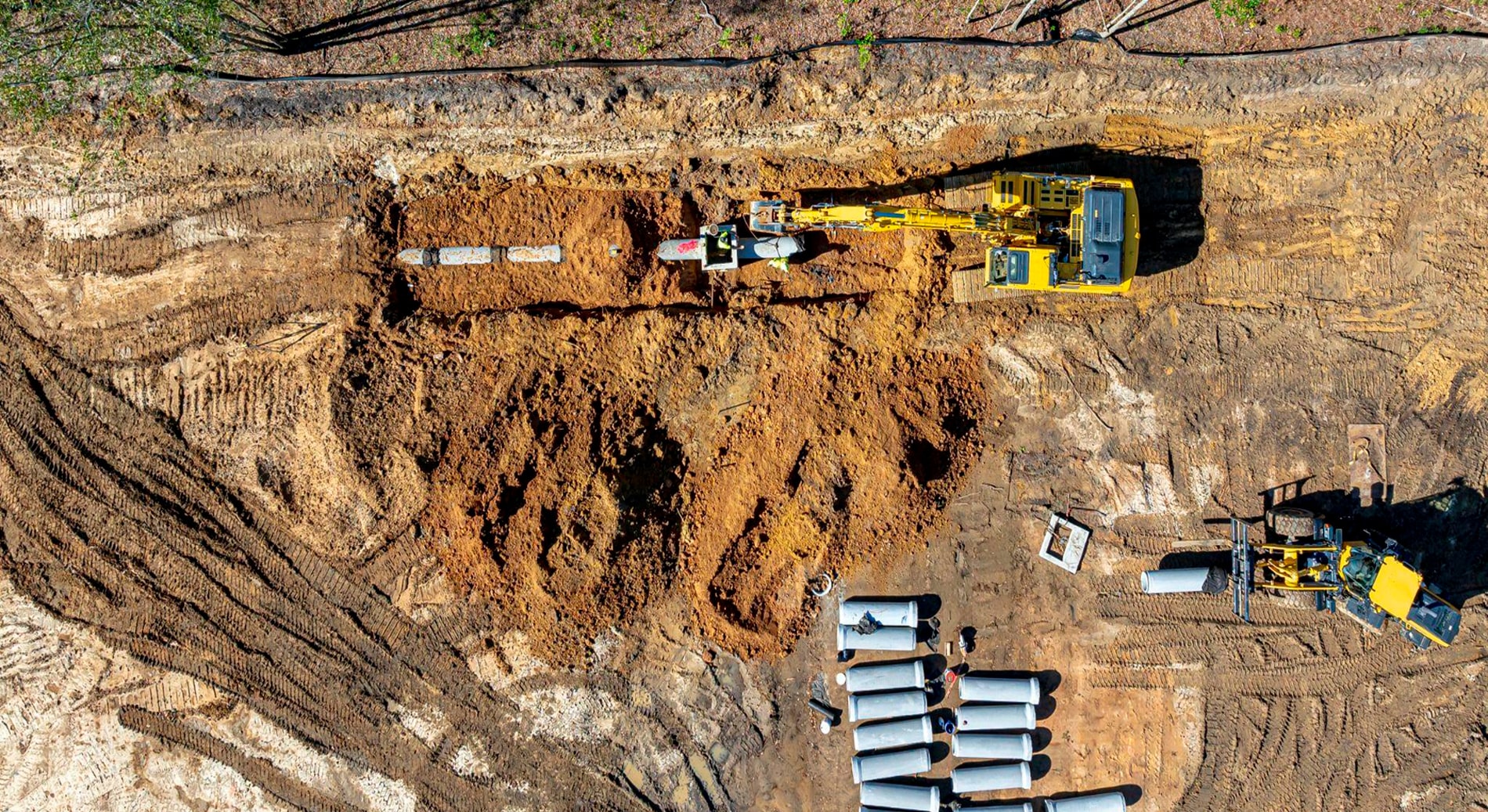Story by: Ferrara Editor
January 17, 2025

When it comes to construction, missed planning deadlines, lack of permit issuance timing, blown budgets and unforeseen post-permit complications often seem inevitable.
Enter the Design-Assist-Build strategy: a methodology that eliminates common headaches with the clarity of a well-drawn blueprint. For those in the know, Design-Assist-Build isn’t just a buzzy catchphrase—it’s a proven approach that saves time, money and stress.
What is Design-Assist-Build?
Design-Assist-Build combines the design and construction phases into a cohesive, collaborative process. Imagine a well-rehearsed orchestra where every section works harmoniously rather than competing for attention. In traditional construction, designers hand off plans to builders and the two operate in silos—often leading to miscommunications, delays and dreaded change orders.
With Design-Assist-Build, the builder is brought into the project during the design phase to lend expertise, flag feasibility concerns and optimize planning. The client has dynamic control of the process, choosing and paying parties directly but with constant support and guidance from the
general contractor. The result? Fewer surprises, smoother transitions and a project that runs like a well-oiled machine. If traditional methods are like assembling furniture without instructions, Design-Assist-Build is like following a blueprint with expert guidance.
How Does Design-Assist-Build Compare to Other Methods?
To better understand Design-Assist-Build’s value, let’s compare it to two other common approaches:
1. Design-Bid-Build: In this traditional model, the architect completes plans before the builder is involved. Builders then bid on the project and construction begins after the winning bid. While straightforward, this approach often leads to disconnects between design intent and construction feasibility, resulting in delays and costly change orders.
2. Design-Build: This method integrates design and construction under a single contract, giving one entity ( the builder) full responsibility for the project. While it streamlines communication, it can sometimes limit creativity or flexibility as the builder may prioritize ease of construction over design complexity.
Design-Assist-Build, by contrast, strikes a balance. It maintains separate contracts for design and construction but emphasizes early collaboration. Builders provide input during design to ensure plans are realistic, cost-effective and ready for construction—offering the best of both worlds.
Why Traditional Methods Fall Short
Let’s face it—the construction industry doesn’t always have a reputation for efficiency. Projects of all sizes are vulnerable to delays caused by missed details, unclear accountability or logistical breakdowns. Without a process designed to push the project forward, tasks slip through the cracks, subcontractors are delayed and materials arrive late—turning a three-month timeline into six.
What is the root of these issues? Lack of communication and accountability. Builders don’t always know the designer’s intent, designers may overlook construction challenges and clients are left managing the fallout. Design-Assist-Build eliminates these problems by aligning goals, improving communication and keeping everyone accountable from the outset.
Time is money, and no one wants to waste it either. Design-Assist-Build minimizes delays through:
Unexpected changes are the fastest way to inflate budgets. In traditional builds, adjustments made mid-construction drive up costs. Design-Assist-Build minimizes these surprises by addressing concerns early, much like measuring twice and cutting once.
Consider this scenario: A designer creates plans for a custom kitchen, but when the builder steps in, they realize the layout doesn’t fit standard cabinet sizes. With Design-Assist-Build, this oversight would have been caught during the design phase, saving time and money while avoiding headaches.
For builders, Design-Assist-Build isn’t just about avoiding frustration—it’s about elevating craftsmanship. This approach allows builders to collaborate closely with designers, deliver higher-quality projects and strengthen client relationships. Plus, earning a reputation for delivering on time and within budget is invaluable.
Clients benefit from Design-Assist-Build’s ability to simplify complex projects and reduce risk. With all stakeholders aligned from the start, there are fewer surprises, clearer timelines and more predictable budgets. This peace of mind lets clients focus on enjoying the finished product rather than worrying about the process.
Design-Assist-Build isn’t just a construction strategy—it’s a mindset. It recognizes that building is a team sport, not a solo act. By fostering collaboration early, Design-Assist-Build ensures projects run smoothly, efficiently and—dare we say—enjoyably.
Design-Assist-Build offers a clear path forward for builders looking to refine their process or clients seeking stress-free construction. At Ferrara Buist Contractors, we embrace this approach to deliver results that exceed expectations. Ready to build smarter? Let’s get started.